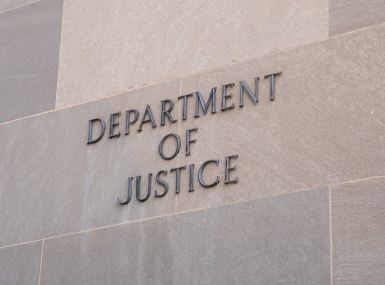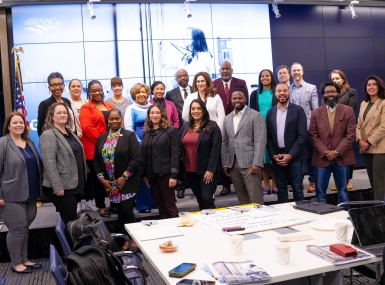For some counties, the ‘code’ word is amnesty
Upcoming Events
Related News

County building code amnesty programs gave a chance to fix already-costly problems
County building code enforcement officials say it’s about safety, not about the money. That’s the rationale that drives building code or permit amnesty programs.
Making the community a safer place, said Dennis Hansburg, director of planning and land services for Pierce County, Wash., sometimes gets “lost in the messaging” promoting such programs. “At the end of the whole thing, this came down to life safety issues.”
Faulty installations can cause fires, flood damage and other hazards, according to Clark County, Nev. building and fire prevention officials. Work without permits also may not be covered by insurance, and homeowners can face costly repairs when trying to sell their homes if work was done without permits
The mechanics vary among various county permit amnesty programs across the country. But typically code enforcement will waive fines and penalties for amnesty participants, provided they obtain and pay for their permit and correct any violations.
“We’re looking for compliance on the property before we can offer this program,” said Chaveli Moreno, director of Miami-Dade County, Fla.’s Neighborhood Regulations Division, so violations must be remedied before being accepted into the program. The county’s code amnesty has been in place since 2011 and is up for renewal this month. It applies to work performed without permits or on expired permits.
From August 2011 through May 2016, more than 2,600 residents of unincorporated Miami-Dade took advantage of the program. Almost half of the county’s population of 2 million live outside its cities. The program is open only to primary owners of residential properties but not commercial or industrial owners, or financial institutions.
To determine the amount of foregone revenue, Moreno’s division first looks at what the outstanding civil penalties and liens owed would be. She estimates that, as a result of the amnesty, the county has missed out on about $4 million in penalties since the program began.
Residents are ineligible for code relief if the county has begun a civil action to collect on the civil penalties or to foreclose a lien.
As with Miami-Dade, the code relief program in Pierce County also applies to its unincorporated areas.
Pierce County’s program differs in that it’s not strictly voluntary. Homeowners found by inspectors to have done work without permits are also offered amnesty. Planning director Hanburg said aerial photography is used to identify structures that weren’t visible on previous overflights.
“With that done, notices were sent out to those properties saying, ‘We’ve noticed that there’s something here; we have an amnesty program.” But that doesn’t always work: “We have one that’s a 3,500-square-feet house with a garage, and we can see it form the air but we can’t see it from the ground. So while we’ve submitted notices, he’s been unresponsive.”
Pierce County’s program began in 2010, and Hanburg said during the housing boom that preceded the bust, “a lot of stuff was built.” The permitting office could barely keep up with the demand. “I think there were some backups at the county permit line, so people started saying I’m just going to build it anyway.”
In Nevada, Clark County’s most recent amnesty was May 2 through 31 of this year, coinciding with the International Code Council’s Building Safety Month.
Homeowners were subject to paying normal fees for permits, inspections and plan reviews, but not penalties. Fees for residential-related construction range from $150 to $400, depending on the project, county officials said.
One might think that such programs irked folks who followed the rules and obtained permits beforehand. If they are, they haven’t been vocal about it, all three building officials say. However, some scofflaws do get ratted out by their neighbors.
Hanburg said the return on investment is “small,” but during the program’s three years, it generated a lot of buzz. “Some people were not aware they needed a permit to do a certain thing. We got a lot of calls at the time. In Washington, there are things you can do without a permit, so we had a ton of inquiries.”
Attachments
Related News

DOJ issues final rule for state and local governments to implement web-based accessibility standards
On April 8, the U.S. Department of Justice (DOJ) announced the release of a web accessibility final rule for state and local governments.

County Countdown – April, 22, 2024
Every other week, NACo’s County Countdown reviews top federal policy advocacy items with an eye towards counties and the intergovernmental partnership.

Equity task force shares preliminary ideas for report
NACo's Equity + Governance Task Force is working to identify, prioritize and develop tools and resources counties need to advance equity in our communities.